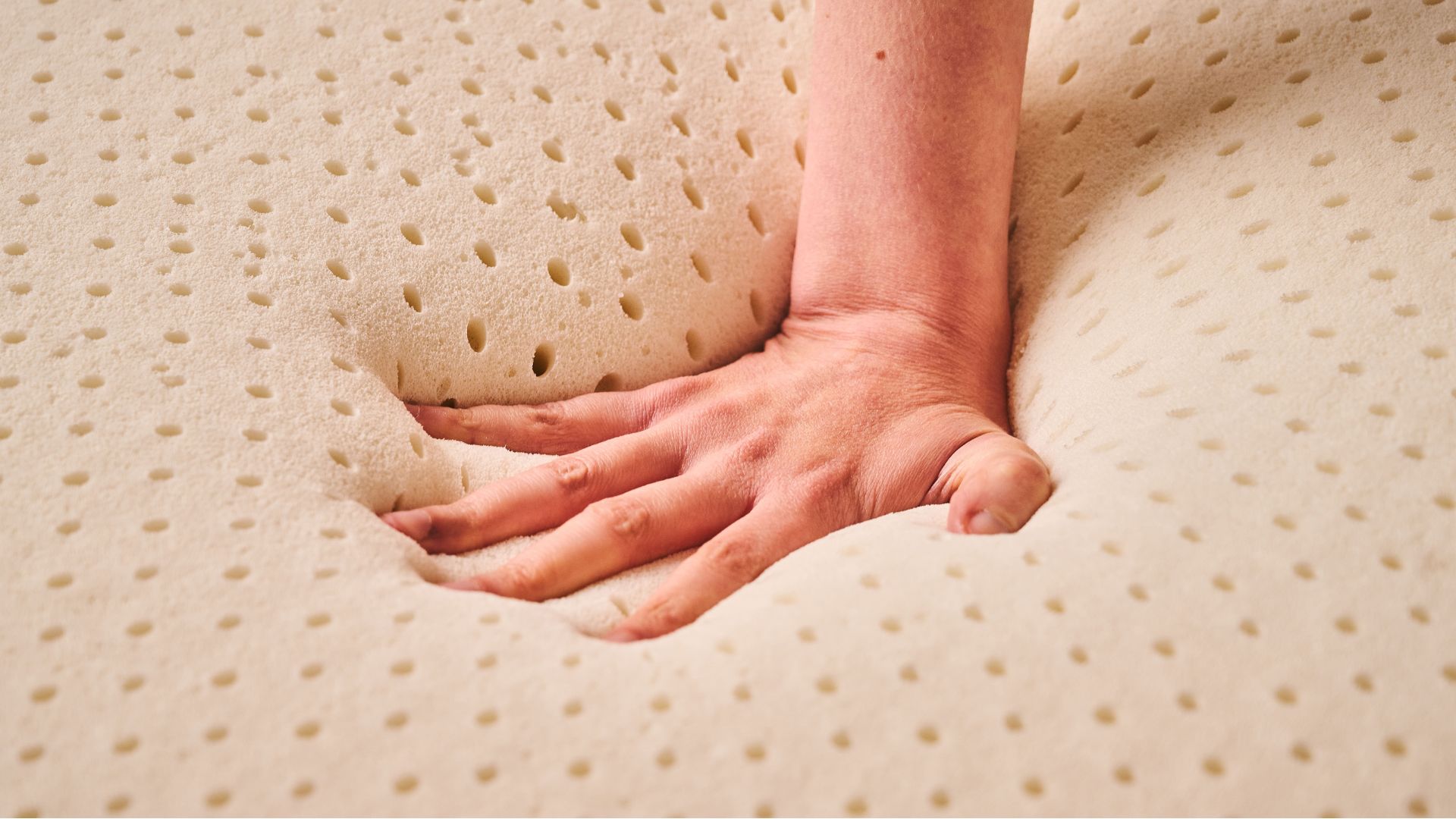
Struggling to sleep due to allergies? Your pillow might be the last thing you suspect to be triggering them, but certain materials found in even the best pillows of the year are notorious for causing allergic reactions.
So, depending on what you're currently sleeping on, you might need to shop for a replacement. As well as factors like your sleeping position, it's important to consider your health needs when purchasing a new pillow.
And to help you choose with confidence, we've listed the three pillow fill materials most likely to trigger allergies, as well as three hypoallergenic options for you to consider instead. Let's dive deeper...
3 pillow materials that can worsen your allergies
1. Feathers and down
Feathers and down make up the dream pillow fill thanks to the unmatched comfort and support they deliver, no matter what your sleeping position is.
This is why most luxury hotel pillows feature a calculated blend of both, resulting in a plush yet supportive pillow.
Unfortunately, feathers and down are the pillow fills most likely to trigger allergies among sleepers.
This is because of a certain type of protein in bird feathers that causes allergic reactions such as sneezing, shortness of breath, wheezing, coughing or rashes.

2. Synthetic fibers
Research has shown that synthetic fibers in pillows can harbor dust mites and common allergens at a much higher rate than natural feathers and down.
This mainly happens due to two reasons:
Firstly, dust mites tend to accumulate in a warm, humid environment where they feed on dead skin cells, and synthetic fibers, being less breathable and moisture-trapping, provide just that.
Secondly, synthetic pillow covers tend to be looser than tightly-woven feather-proof encasings, allowing easier access for mites.
3. Latex
Organic latex is naturally hypoallergenic, but what if you're allergic to latex itself?
According to the Allergy and Asthma Network, latex allergy is quite rare, affecting roughly 1-6% of adults.
Latex allergy is triggered by direct skin contact with latex or by inhaling latex particles.
This can lead to irritated skin, rashes, hives, sneezing or a scratchy throat in some individuals, however in some cases an allergic reaction to latex can be life-threatening.

Hypoallergenic pillow materials to choose instead
1. Memory foam
Like the best memory foam mattresses, pillows made with memory foam are known to be supremely contouring, giving you pressure-relieving comfort and support, easing you into a good night's sleep.
While it's man-made and factory-produced, memory foam is an excellent hypoallergenic pillow fill, thanks to its dense cell structure that prevents the accumulation of dust mites and other allergens.
We'd specifically recommend that you choose CERTI-PUR US certified memory foam pillows, as this indicates that the foam is free from harmful chemicals and ozone depleters, and made with low emission materials for better indoor air quality.
2. Down alternative
A down alternative fill mimics the same plush luxury fluffiness and support of natural down, but with hypoallergenic properties.
This is good news for sleepers who want the temperature-regulating comfort of natural down, without enduring symptoms such as sneezing and coughing.
Down alternative pillows are usually manufactured using synthetic materials like polyester and microfiber, which are produced to be at a certain thickness and weave in order to replicated that dreamy down feel.
These are not be confused with the cheaper polyester fill pillows, as they may prove to be counterproductive for your allergies.

3. Anti-allergy treated pillows
Modern technology means that you can now get hold of specialized pillows treated to be immune against dust mites, bed bugs, mold and bacteria.
Such pillows are often made by incorporating additional barriers using hypoallergenic materials, or by putting them through anti-microbial treatment.
A great example would be the Westin Soft Hotel pillow, a top-tier hotel headrest that features both a hypoallergenic fiber fill and anti-microbial treatment.
Other ways to reduce your allergy symptoms
If you're a chronic allergy sufferer, choosing a pillow with a hypoallergenic fill is essential.
However, no pillow is 100% free from all kinds of allergens, so you need to shop carefully.
Regular care and maintenance is also required to ensure that your allergy tendencies won't be exacerbated due to dust mites, pollen or pet dander in your pillows.
Just as you'd use the best mattress protectors to safeguard your bed against common allergens, it's important to have a pillow protector under your pillowcase, too. This ensures that there is an extra layer acting as a barrier against allergens.
Experts also recommend washing your bedding every two weeks and drying it outside (if the weather allows), as sunlight has proven effects on bacteria and dust mites.
Replacing your pillows every one to two years is also crucial to maintaining a clean and uninterrupted night's sleep.







